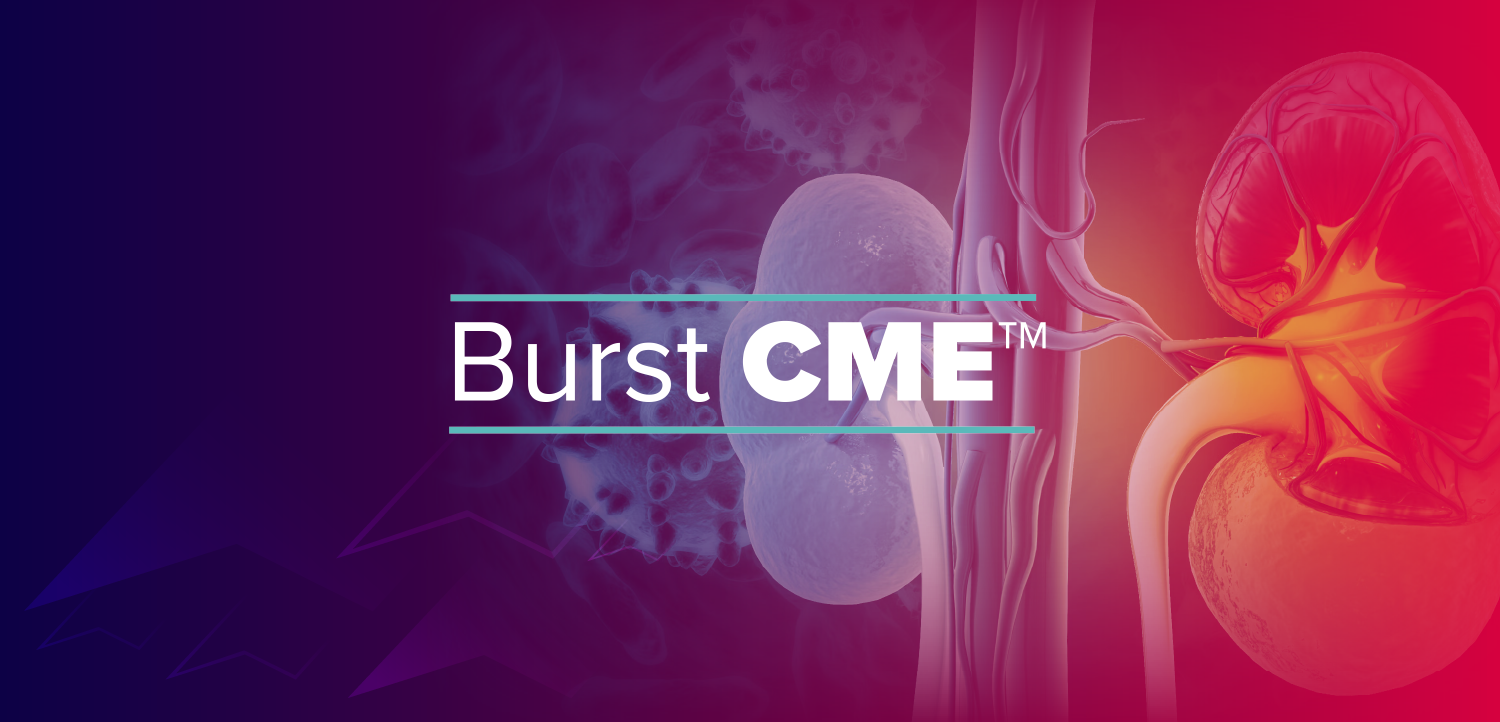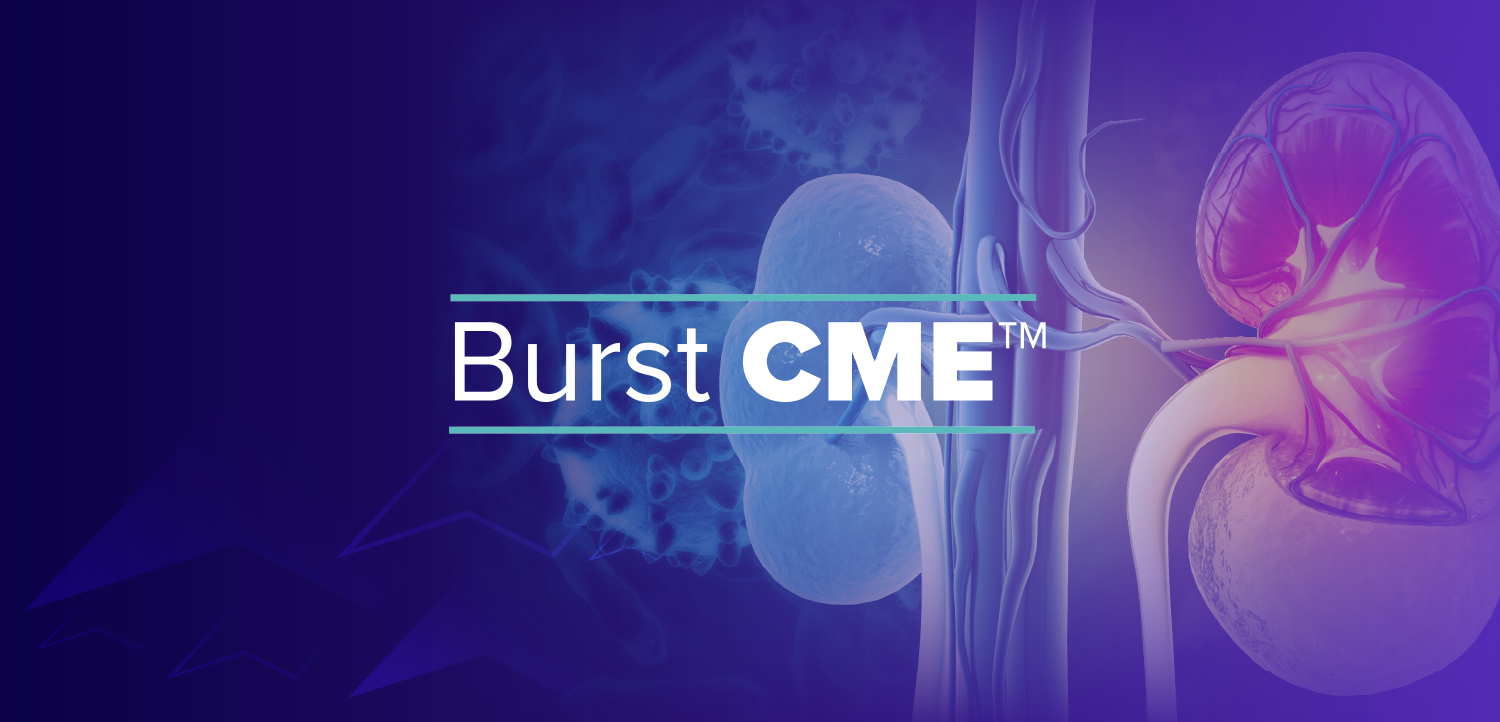
Nicolette G. Payne, MD, discusses risk factors for burnout among pediatric urologists
The research identified several risk factors for high burnout, including younger age, female gender, and longer working hours.
In this interview, Nicolette G. Payne, MD, discusses a recent study investigating burnout among pediatric urologists, which found that 43% of participants met the criteria for high burnout based on the Maslach Burnout Inventory.1 The study focused exclusively on quantitative measures and did not collect qualitative responses. Payne acknowledged this as a limitation and suggested future studies should incorporate open-ended responses to gain richer insight into physicians’ personal experiences with burnout.
The research identified several risk factors for high burnout, including younger age, female gender, and longer working hours. Payne emphasized the importance of these findings, especially for informing targeted interventions aimed at supporting the most vulnerable groups in the field. She highlighted the need for institutional leadership to prioritize open communication, noting that many professionals may not feel comfortable sharing concerns in formal settings. Creating a safe and open environment could improve understanding of staff needs and promote well-being.
Though this particular study did not explore solutions directly, Payne referenced findings from related research suggesting that dissatisfaction often stems from poor leadership, toxic work culture, harassment, lack of adequate compensation, and insufficient support. Addressing these issues may require systemic changes within health care institutions, especially in fostering equity, improving working conditions, and offering better support for women and early-career physicians. Payne advocates for checking in with female physicians about resources like lactation support and equitable pay, and calls for a broader cultural shift that values physician wellness.
REFERENCE
1. Payne NG, Salevitz D, Dvorak N, North A, Grimsby GM. Prevalence, risk factors, and coping strategies for burnout among pediatric urologists. Urology. 2025 Jun 13:S0090-4295(25)00592-8. doi:10.1016/j.urology.2025.06.025
Newsletter
Stay current with the latest urology news and practice-changing insights — sign up now for the essential updates every urologist needs.



















